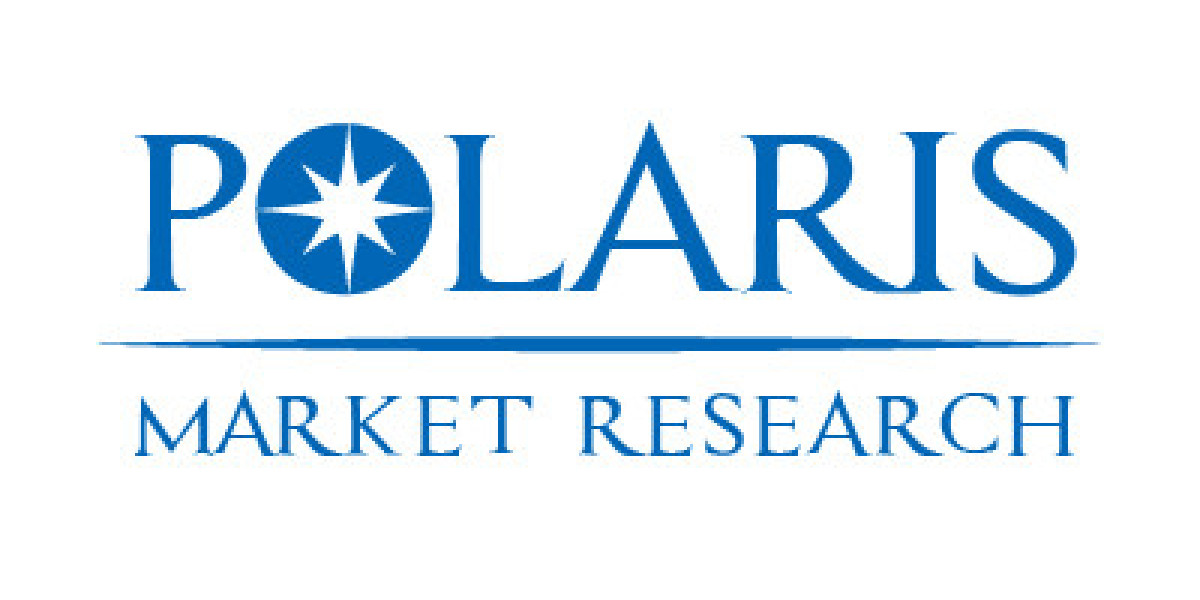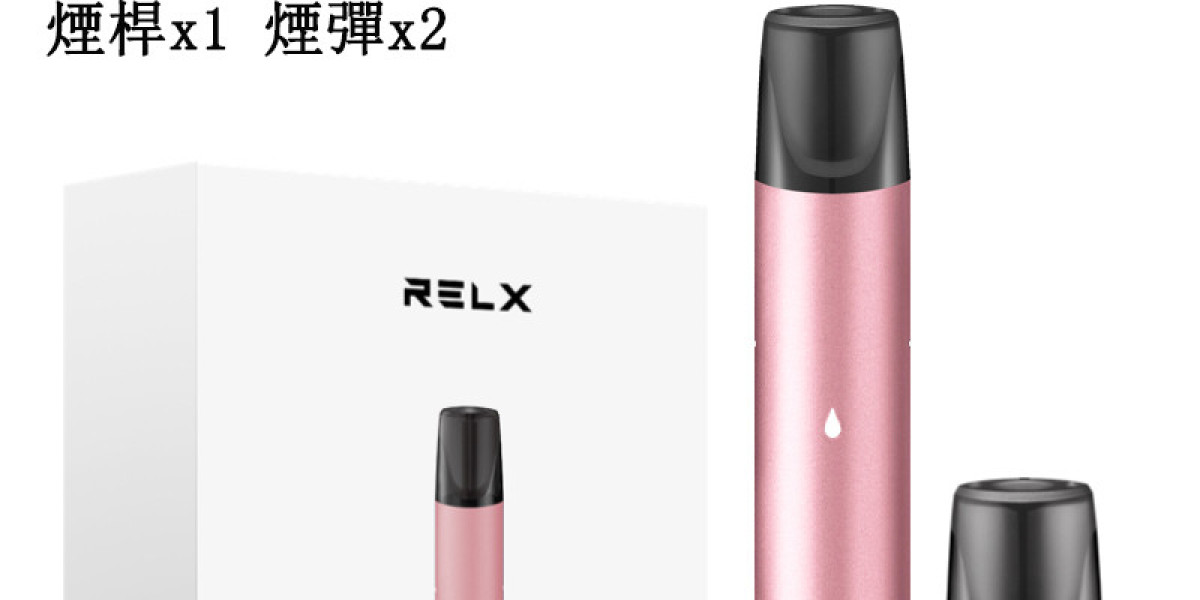Market Overview
The global social and emotional learning (SEL) market was valued at USD 2.13 billion in 2021 and is expected to grow at a CAGR of 24.8 % during the forecast period.
The Social and Emotional Learning (SEL) market has moved from the margins of K-12 education into the mainstream of school curricula, teacher professional development, and digital learning platforms. SEL — the suite of competencies that include self-awareness, self-management, social awareness, relationship skills, and responsible decision-making — is increasingly recognized by educators, districts, and policymakers as essential to student success, mental health, and longer-term life outcomes. Demand is being driven by a combination of growing awareness of youth mental health challenges, a shift in employer and societal expectations for “soft skills,” technology-enabled delivery models, and policy endorsements that encourage or require SEL instruction in some jurisdictions.
Today the SEL market is diverse: it includes classroom curricula and lesson plans, teacher training and coaching, assessment tools and analytics, school-wide program management, and a growing slate of digital platforms and games that deliver SEL content at scale. Buyers range from individual teachers and schools to district purchasing consortia, state departments of education, non-profits, and private investors. While many SEL solutions remain rooted in classroom practice, the market is increasingly hybrid — blending in-person instruction, coaching, and digital learning that supports differentiated, data-driven interventions.
Key Market Growth Drivers
- Rising Awareness of Student Mental Health and Trauma
Public concern about child and adolescent mental health — amplified by recent global stressors, pandemic recovery, and increased visibility of anxiety and depression among youth — has accelerated demand for SEL. Educators and parents view SEL as a preventive and restorative approach that can reduce behavioral incidents, improve classroom climate, and connect students to supports. - Policy Support and Standards Alignment
Several states and school districts have introduced guidance, frameworks, or requirements that integrate SEL competencies into standards, accountability frameworks, or educator evaluations. Formal policy support reduces buyer uncertainty, unlocks public funding, and motivates districts to adopt vetted SEL programs rather than ad hoc initiatives. - Technology Adoption and Scalable Delivery
Advances in edtech — adaptive learning platforms, mobile apps, formative assessment tools, and learning analytics — have enabled SEL content to be delivered more consistently and at lower marginal cost. Digital tools also collect behavioral and engagement data that schools can use to measure outcomes and personalize supports, making SEL investments more defensible to administrators. - Employer and Postsecondary Interest in Non-Cognitive Skills
Employers, colleges, and workforce systems increasingly emphasize communication, teamwork, emotional regulation, and problem-solving — competencies SEL explicitly targets. This alignment with post-K-12 outcomes strengthens the business case for sustained SEL investment and spurs partnerships between schools and external stakeholders.
Market Challenges
- Measurement and Evidence Gaps
Although the quantity of SEL research has grown, stakeholders still struggle with measuring impact reliably and consistently across contexts. Variability in assessment tools, short evaluation windows, and the complex, long-term nature of SEL outcomes make it difficult for buyers to compare products solely on evidence of effectiveness. - Implementation Fidelity and Teacher Capacity
SEL programs require teacher skill, time, and ongoing coaching to realize promised benefits. Many districts lack the professional development infrastructure or substitute teacher capacity to implement programs with fidelity, leading to uneven outcomes and churn in program adoption. - Fragmentation and Quality Variability
The SEL market is crowded and fragmented, with offerings ranging from single-lesson resources to comprehensive, multi-year curricula and digital platforms. Not all products are developmentally appropriate or culturally responsive, creating risk for districts that lack the evaluation capacity to vet quality. - Funding Constraints and Competing Priorities
Tight school budgets, competing academic accountability pressures, and short election cycles for public funding create funding instability. SEL programs that require recurring subscription fees or additional staffing face adoption barriers in resource-constrained districts unless tied to grant funding or proven to boost academic metrics.
Browse Full Insights:
https://www.polarismarketresearch.com/industry-analysis/social-and-emotional-learning-sel-market
Regional Analysis
- North America (U.S. & Canada): The largest and most mature market, driven by a combination of state policy initiatives, philanthropic investments, and extensive adoption by school districts. U.S. federal and state grant programs, along with non-profit advocacy, have catalyzed broad district trials and scaled implementations. Urban districts and higher-resourced suburbs lead early adoption; rural and under-resourced districts adopt more slowly unless supported by targeted funding.
- Europe: Growing interest, especially in Northern and Western Europe, where social-emotional competencies are often integrated into broader wellbeing and citizenship education frameworks. Adoption varies by country due to differing national standards and language needs. Digital platforms that can be localized are gaining traction.
- Asia-Pacific: Rapid expansion in private school networks and edtech partnerships. Governments in some markets are piloting national wellbeing and character education initiatives that include SEL elements. Cultural adaptation and parental expectations around academic rigor remain important considerations.
- Latin America & Middle East/Africa: Early stage but increasing activity. NGOs, international donors, and multinational education providers are the main conduits for SEL programs. Language diversity, infrastructure gaps, and resource constraints shape adoption strategies — often favoring low-cost, teacher-led models supported by training-of-trainers.
- Global Trends: Cross-border partnerships, open educational resources, and international assessment initiatives (social-emotional components in broader wellbeing indicators) point toward future harmonization, but meaningful scale depends on local policy and funding alignment.
Key Companies & Organizations
The SEL ecosystem includes content providers, technology firms, assessment specialists, publishers, and non-profit standard-setters. Notable organizations and companies active in the space include:
- Committee for Children (Second Step): Known for classroom SEL curricula and educator resources.
- EVERFI: Digital-first provider delivering SEL content alongside social impact programs.
- Panorama Education: Offers survey tools and analytics that help districts measure SEL outcomes and inform interventions.
- Kognito: Developer of simulation-based training and tools for educator and staff readiness around mental health and SEL.
- Major Educational Publishers (e.g., McGraw Hill, Houghton Mifflin Harcourt, Pearson): These companies increasingly integrate SEL modules into broader instructional and digital offerings.
- CASEL (Collaborative for Academic, Social, and Emotional Learning): Not a commercial vendor but a leading nonprofit standards and research body that helps shape adoption, implementation guidance, and quality criteria.
This list represents a cross-section of the market: curriculum specialists, edtech analytics firms, teacher training providers, and large publishers that are bundling SEL with core instructional materials. Partnerships among these types of organizations — for example, an analytics firm working with a curriculum vendor — are common and accelerate market maturity.
Market Outlook & Opportunities
The SEL market is poised for steady growth as schools balance academic recovery with long-term student wellbeing. Opportunities include:
- Integrated, evidence-aligned products that combine curriculum, coaching, and assessment in one subscription. Schools prefer turnkey solutions that reduce procurement complexity.
- Culturally responsive content and localization services tailored to multilingual and diverse classrooms. Products that demonstrate cultural competence will win more adoption.
- Workforce and family engagement solutions that link school SEL efforts to afterschool programs, employers, and caregivers — creating more holistic ecosystems of support.
- Outcome-focused analytics that can connect SEL gains to academic, attendance, or disciplinary metrics, improving the business case for sustained funding.
Conclusion
Social and Emotional Learning (SEL) has shifted from a “nice to have” to a core component of modern education strategy. While the market faces real implementation and measurement challenges, momentum is strong — driven by mental health concerns, policy engagement, technology scalability, and broader societal demand for soft skills. Success in the SEL market over the next five years will favor providers who can demonstrate evidence of impact, support high-quality implementation, and adapt content for diverse classroom contexts. For districts and educators, the most promising path forward is an integrated approach that pairs strong curriculum with coaching, family engagement, and data systems — so SEL becomes a measurable, sustainable part of student development rather than a one-off program.
More Trending Latest Reports By Polaris Market Research:
Oil Free Air Compressor Market
Diamond Cutting And Polishing Market
Cellulosic Fire Protection Intumescent Coatings Market
Polytetrafluoroethylene (PTFE) Market
India Diagnostic Services Market








